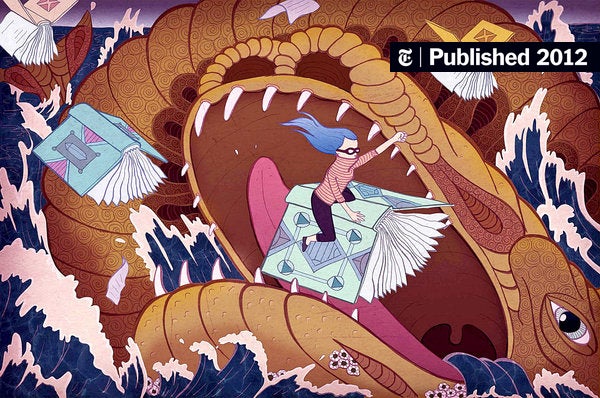Cranky crustacean nyt :A Journey Through History,

Introduction
Have you ever encountered the enigmatic world of the Cranky Crustacean NYT? These fascinating creatures, found lurking in the depths of our oceans. Play a crucial role in marine ecosystems. Understanding their behavior, habitat, and ecological impact is key to appreciating their significance in our natural world.
Overview of Cranky Crustaceans
Cranky Crustaceans belong to the vast group of crustaceans, which includes lobsters, crabs, and shrimp. They are characterized by their hard exoskeletons and segmented bodies, adapted perfectly for life underwater. These creatures are known for their diverse sizes and colors, ranging from the vividly colored tropical species to the camouflaged masters of disguise in colder waters.
Behavioral Traits of Cranky Crustaceans
In the realm of marine biology, Cranky Crustaceans are renowned for their intriguing behaviors. From their defensive postures when threatened to their precise movements during feeding cranky crustacean nyt, each species exhibits unique behavioral traits shaped by their environment and evolutionary history.
Cranky Crustacean’s Habitat
These crustaceans thrive in a variety of habitats, from shallow coastal waters to the darkest depths of the ocean floor. Their adaptability allows them to inhabit both tropical coral reefs bustling with life and the cold, barren expanses of the deep sea.
Identification of Cranky Crustaceans
Identifying Cranky Crustaceans can be challenging due to their diverse forms. However, key characteristics such as their segmented bodies, jointed limbs, and specialized appendages for feeding and defense aid in their classification.
Life Cycle and Reproduction
Like many marine species, Cranky Crustaceans undergo complex life cycles involving larval stages that drift with ocean currents before metamorphosing into adults. Reproduction is often a seasonal affair, synchronized with environmental cues such as temperature and daylight.
Ecological Significance
Within marine ecosystems, Cranky Crustaceans occupy pivotal roles. They serve as both predator and prey, regulating populations of smaller organisms while providing sustenance for larger marine predators such as fish and seabirds.
Threats to Cranky Crustaceans
Despite their resilience, Cranky Crustaceans face numerous threats from human activities such as overfishing, habitat destruction, and pollution. These factors contribute to declining populations in many regions, threatening the delicate balance of marine ecosystems.
Conservation Efforts
Efforts to conserve Cranky Crustaceans focus on sustainable fishing practices, habitat protection, and marine reserves. Conservationists collaborate with local communities and governments to implement regulations that safeguard these crucial species for future generations.
Interaction with Humans
The relationship between Cranky Crustaceans and humans is multifaceted. Economically, they are valuable as a seafood delicacy in many cultures, driving commercial fishing industries worldwide. Culturally, they feature prominently in art, literature, and cuisine, symbolizing both abundance and the mysteries of the ocean.
Research and Studies
Ongoing research sheds light on various aspects of Cranky Crustaceans’ biology and ecology. Recent studies explore their responses to climate change, their roles in carbon cycling, and their potential medicinal properties. Highlighting their importance beyond ecological considerations.
Interesting Facts about Cranky Crustaceans
Did you know that some Cranky Crustaceans can regenerate lost limbs? Or that certain species exhibit bioluminescence to attract mates or deter predators? These fascinating creatures continue to surprise scientists with their adaptability and survival strategies in diverse marine environments.
Conclusion
In conclusion, the Cranky Crustacean NYT represents not just a biological marvel but a barometer of our oceans’ health. By understanding and protecting these creatures, we safeguard the intricate web of life that sustains our planet’s marine ecosystems.
FAQs about Cranky Crustaceans
- What do Cranky Crustaceans eat? Cranky Crustaceans feed on a variety of foods including algae, small fish, and detritus, depending on the species and habitat.
- How long do Cranky Crustaceans live? Lifespan varies greatly among species; some may live only a few years while others can live several decades.
- Are Cranky Crustaceans endangered? Some species of Cranky Crustaceans are endangered due to habitat loss and overfishing, while others remain stable in protected areas.
- Can you keep Cranky Crustaceans as pets? While some smaller species can be kept in home aquariums, larger species like lobsters and certain crabs require specialized care.
- Where can I see Cranky Crustaceans in the wild? Coastal areas, coral reefs, and deep-sea dives offer opportunities to observe Cranky Crustaceans in their natural habitats, depending on the species and location.
This article aims to provide a comprehensive overview of Cranky Crustaceans, appealing to both casual readers and enthusiasts alike, while emphasizing the importance of conservation efforts for these remarkable creatures.



